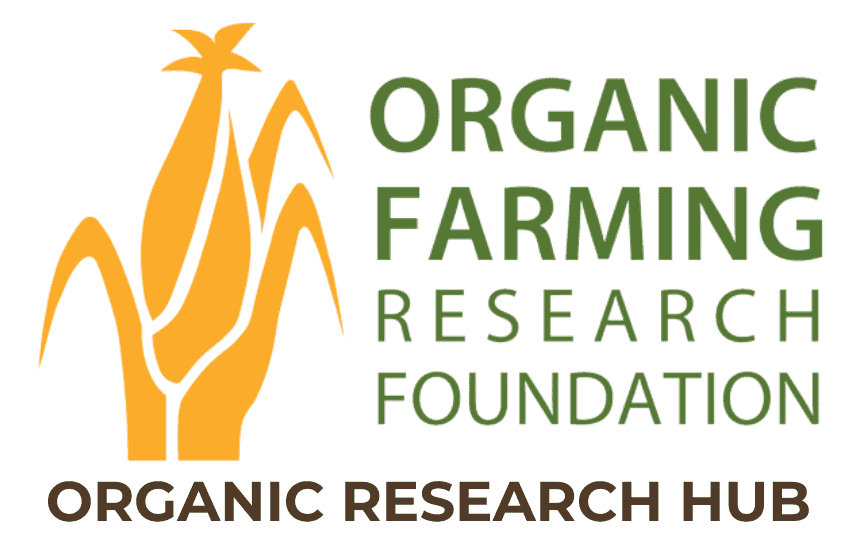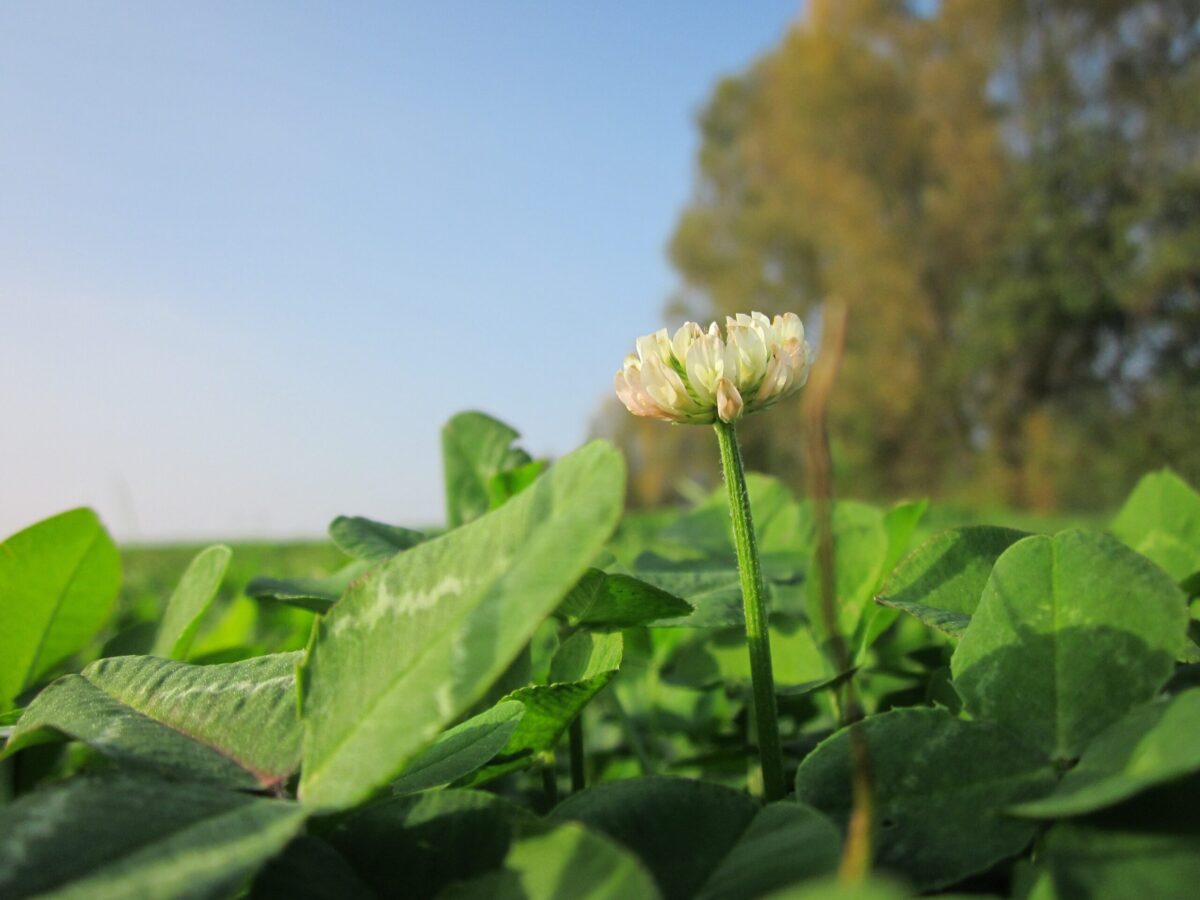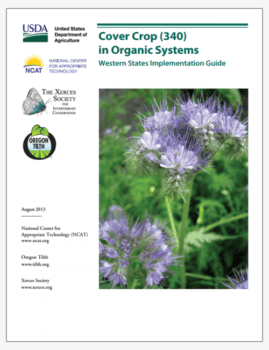Sorghum-sudangrass as a cover crop for organic no-till vegetable production and as a hay crop for the organic market
Denise M. Finney, North Carolina State University

The purpose of this project was to investigate the potential of sorghum sudangrass to serve as both summer cover crop and marketable hay crop preceding no-till production of organic fall cabbage. The original stated objectives of this project were to determine best management practices for a non-leguminous summer cover crop in a no-till fall vegetable production system and to evaluate the efficacy of cover crop mid-season cutting for sale as hay. Based on the results of a 2003 field trial, these objectives were narrowed to the following:
1. To determine if increased mowing frequency can improve sorghum sudangrass response to this method of mechanical kill
2. To determine if removal of sorghum sudangrass biomass as hay decreases its weed suppressive capacity in no-till and conventionally tilled organic fall cabbage
3. To assess the effect of incorporated and surface applied sorghum sudangrass residues on cabbage head weight and time to maturity
*4. To provide growers an economic comparison of the proposed hay/cover crop system with other cover crop and tillage options for fall vegetable production
*Objective added based on the Organic Farming Research Foundation (OFRF) review of the original research proposal.
Region
Southeast
Topic
Weed Management, Cropping Systems
Category
Vegetables/Fruits, Hay and Pasture
Date Range
2001-2010
Funding Amount
$6,155
Funding Year
2003Location
Raleigh, North Carolina
Collaborators
Nancy Creamer, Center for Environmental Farming Systems North Carolina State University
Ken Fager, North Carolina State University
William Perry, Center for Environmental Farming Systems North Carolina State University
Jonathan Schultheis, North Carolina State University
Michael Wagger, North Carolina State University



